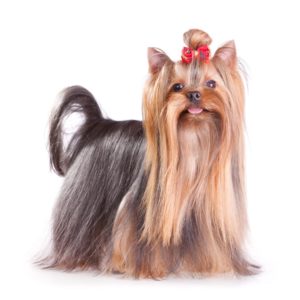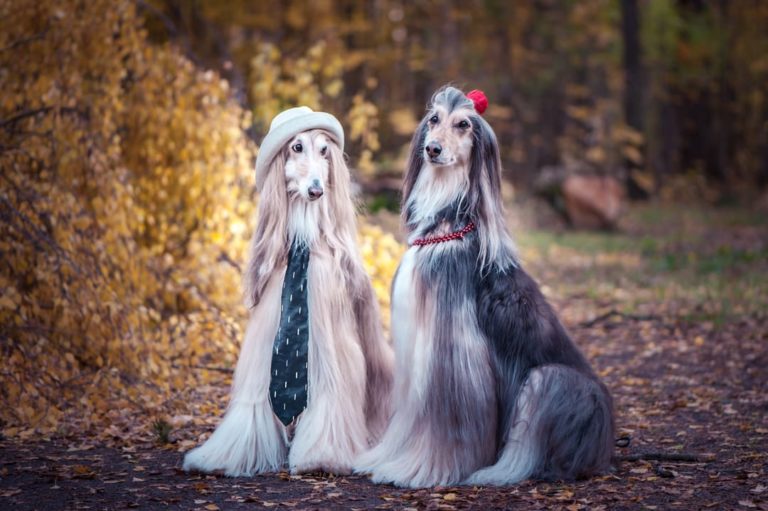Your long-haired dog’s beautiful coat is one of her most endearing features and may be one of your favorite things about her—until her coat needs serious grooming attention. You likely already follow a regular grooming routine to keep her looking her best—but did you know this regular attention also helps you keep her healthy? Learn how regular grooming tasks improve your dog’s appearance AND her overall well-being, and help you prevent the dreaded mats that can occur with long-haired breeds.
Brushing
Beyond just smoothing your dog’s fur and preventing potential tangles and mats, regular brushing helps to remove dead hair, dirt, debris, and dandruff. The stimulation of the brush against your dog’s skin also helps to bring out natural oils and distribute them throughout the fur. Regular brushing also helps you identify any potential pests, such as fleas, or skin problems that may be related to allergies or illnesses. This regular activity can help you catch a health issue early.
How often should you brush your dog? For long-haired breeds, groomers recommend brushing every day to keep the hair free of tangles and prevent matting. Pay attention to areas of friction, such as the armpits or under your dog’s collar, or the spots that rub against her bed when she’s relaxing, such as her hips and shoulders. Brush one small section at a time. If you encounter a tangle or a mat, consider using a bit of cornstarch to help loosen the fur as you gently brush out the tangle.
Petting
Regular petting also serves as a form of grooming, as this human contact helps remove loose hair in addition to the fur you remove when you brush and comb. Petting your dog also allows you to detect any changes in her skin or body in ways that brushing alone may not. Another benefit of regular petting? Improved contentment for both you and your dog.
Bathing
Occasionally your dog may require bathing in addition to regular brushing. To bathe a long-haired dog without causing tangles in the fur, follow these tips:
- Brush your dog BEFORE bathing. The water can cause any tangles or mats to set even tighter.
- Always use a shampoo formulated specifically for dogs.
- Work from the top down to go with the natural flow of the fur. This includes directing water downward and massaging shampoo in from top to bottom.
- Use your fingers to gently (emphasis on the word gently) comb through the fur while you massage in the shampoo. This is another opportunity for you to notice any unusual lumps or bumps on your pet’s skin and body.
- Rinse thoroughly (again, from the top down), and consider using a conditioner formulated for dogs to help prevent mats. Make sure to follow the directions on the label for the conditioner to avoid buildup on the dog’s hair and skin.
- Allow the fur to dry before brushing.
Trimming
Some long-haired breeds have hair down to their feet—even growing around their foot pads! These dogs may need some trimming around the foot pads to prevent slipping and to remove any dirt that might naturally accumulate. Trimming may also be used as a last resort for mats that refuse to budge after attempts to brush or comb them out.







